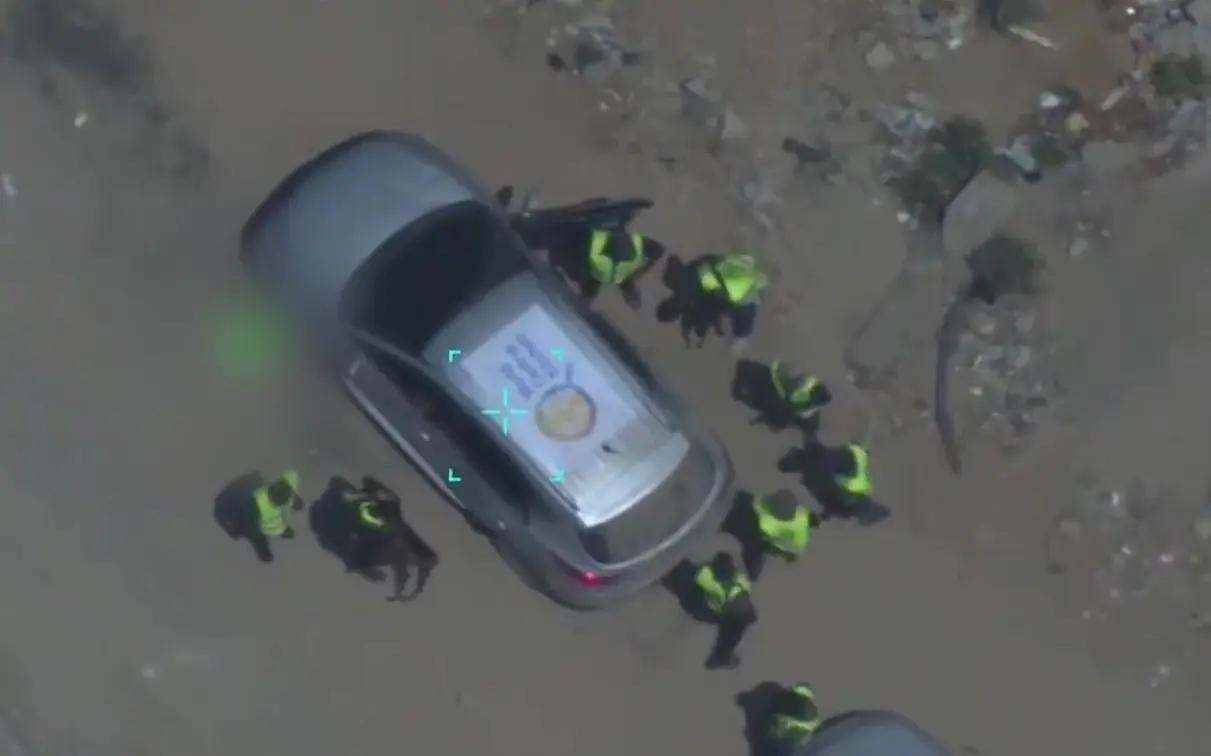T4K3.news
IDF defends strike targeting Hamas operative in Gaza
Israel says it limited civilian harm during a Sunday strike near Shifa Hospital and alleges several journalists in the same group had terror links.
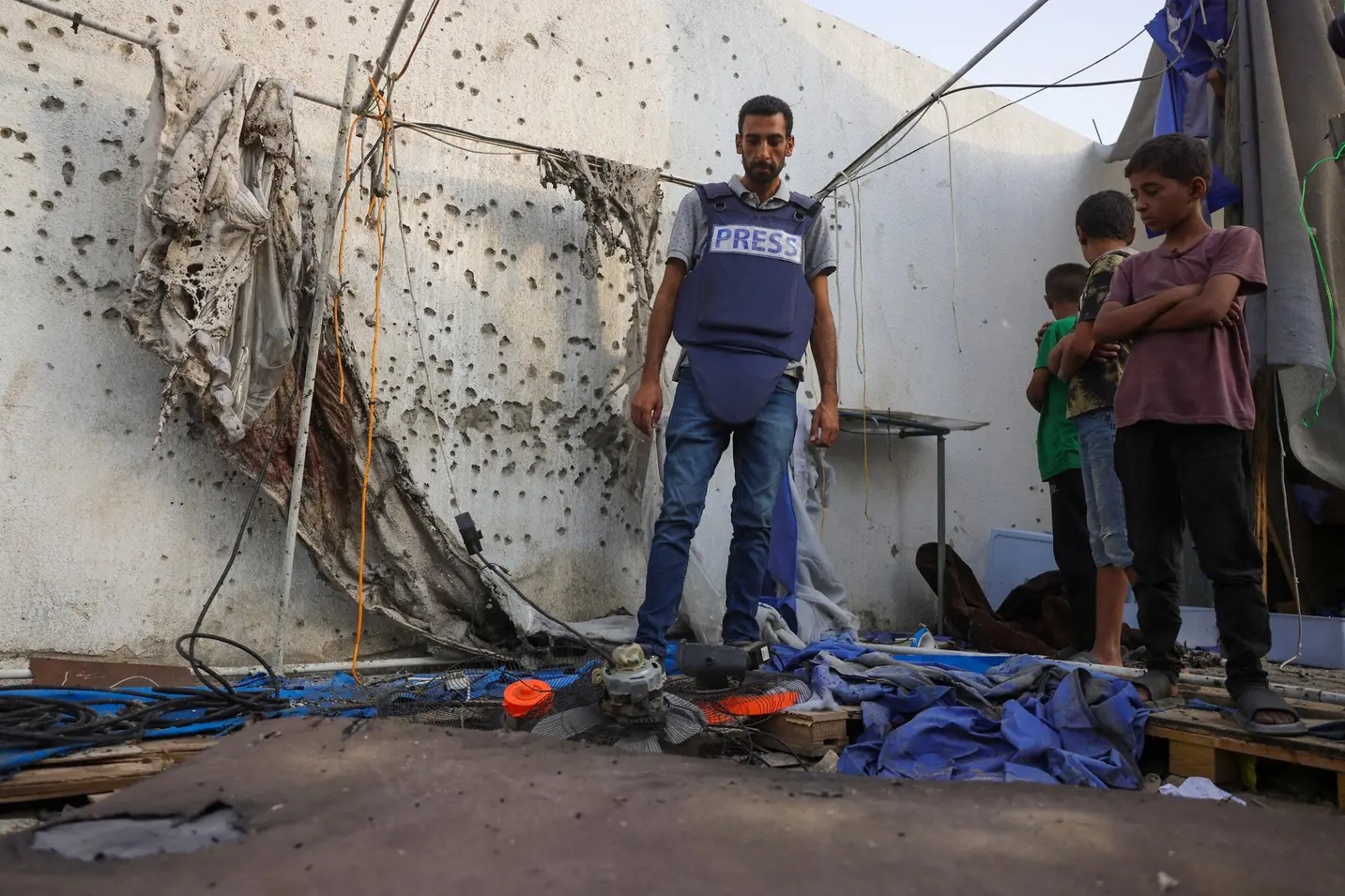
IDF defends a strike that killed Al Jazeera reporter Anas al-Sharif and says other journalists in the same tent were linked to terror groups.
IDF says journalists killed in Gaza strike included Hamas operatives
On Sunday the IDF said it struck a Hamas operative in the northern Gaza Strip and killed Anas al-Sharif, a prominent Al Jazeera reporter. The strike also killed five other journalists who were in a tent near Shifa Hospital. Israel accuses Sharif of leading a Hamas rocket cell and says the operation used precise munitions and advanced intelligence to limit civilian harm. Al Jazeera confirmed Sharif and Mohammed Qreiqeh as dead, along with Ibrahim Zaher and Mohammed Noufal; freelancers Moamen Aliwa and Mohammad al-Khaldi were also killed. The Times of Israel quoted a military source saying several of the other journalists were also members of terror groups, though the source did not name them. The IDF released documents it says show Sharif joined Hamas and received a salary, arguing he was integrated into Hamas's activities with Al Jazeera. The strike drew sharp international condemnation and calls for an independent investigation; the United States avoided direct criticism, directing questions to Israel and emphasizing the need to protect journalists in war zones.
Key Takeaways
"Truth travels slowly through war zones."
A reflection on reporting under fire
"A journalist's badge does not shield them from danger."
Comment on risk to reporters in conflict areas
"Documents can prove a claim or seed doubt in equal measure."
On evaluating official documents in conflict
"Accountability must outlast the first headline."
Call for independent review
The episode shows how official narratives are built around battlefield incidents and how documents are used to label individuals. Verification remains essential in a fast moving crisis, and claims about who is a journalist and who is a terrorist can collide with on the ground realities. This case highlights the risk of turning journalism into a political tool and the danger of mislabeling reporters. Independent verification, transparent methods, and clear standards for labeling individuals as operatives are crucial to protect reporters and preserve public trust.
Highlights
- Truth travels slowly through war zones.
- A journalist's badge does not shield them from danger.
- Documents can prove a claim or seed doubt in equal measure.
- Accountability must outlast the first headline.
Political backlash and verification risk
The claims about journalists' links to terror groups and the timing of the documents release risk fueling misinformation, diplomatic tensions, and public mistrust. Independent verification and transparent criteria for labeling individuals as operatives are essential.
Verification by independent bodies remains essential to restore trust in battlefield reporting.
Enjoyed this? Let your friends know!
Related News

Journalist killed in Gaza strike raises questions
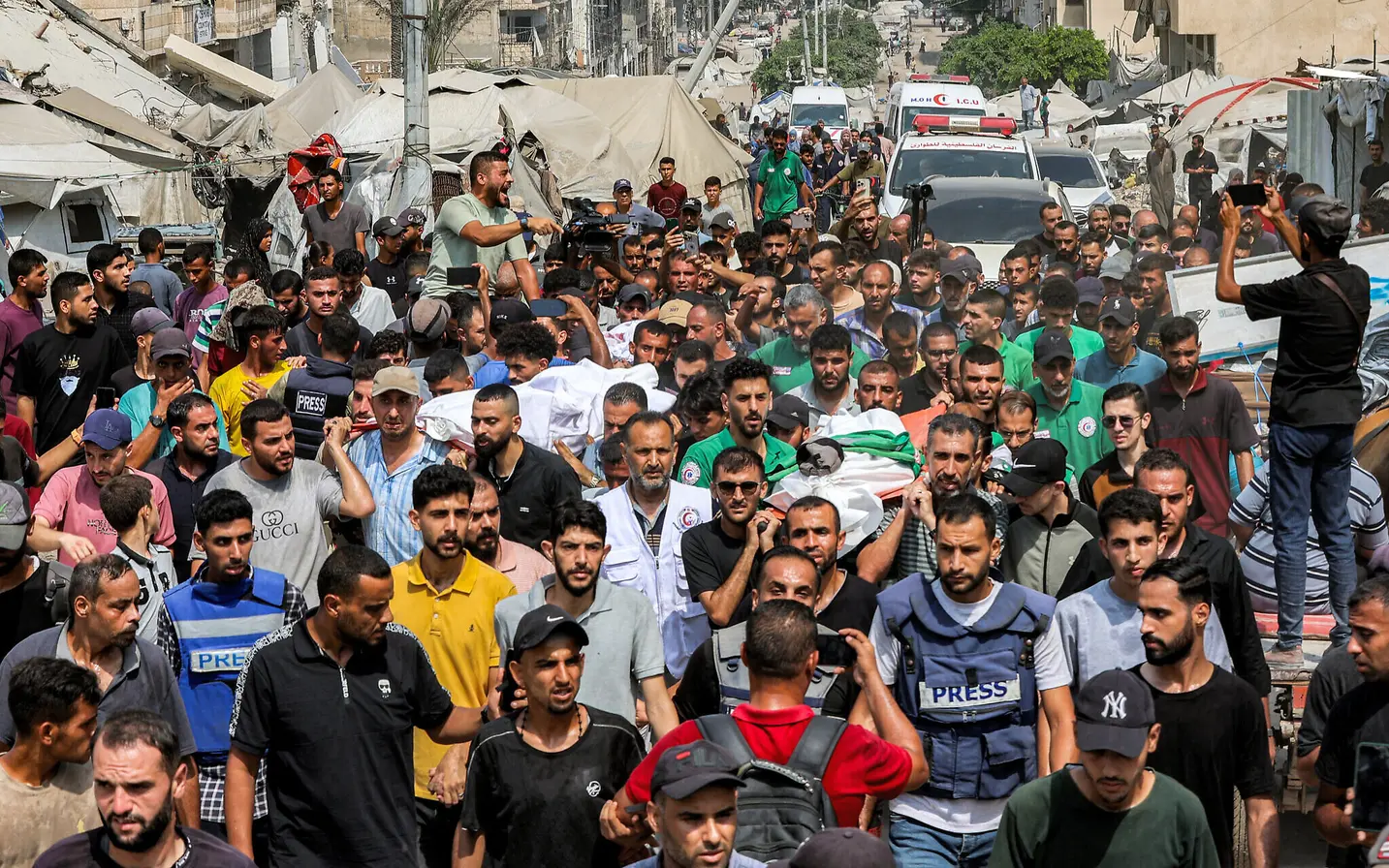
Global backlash after Gaza journalist killing prompts new press protections
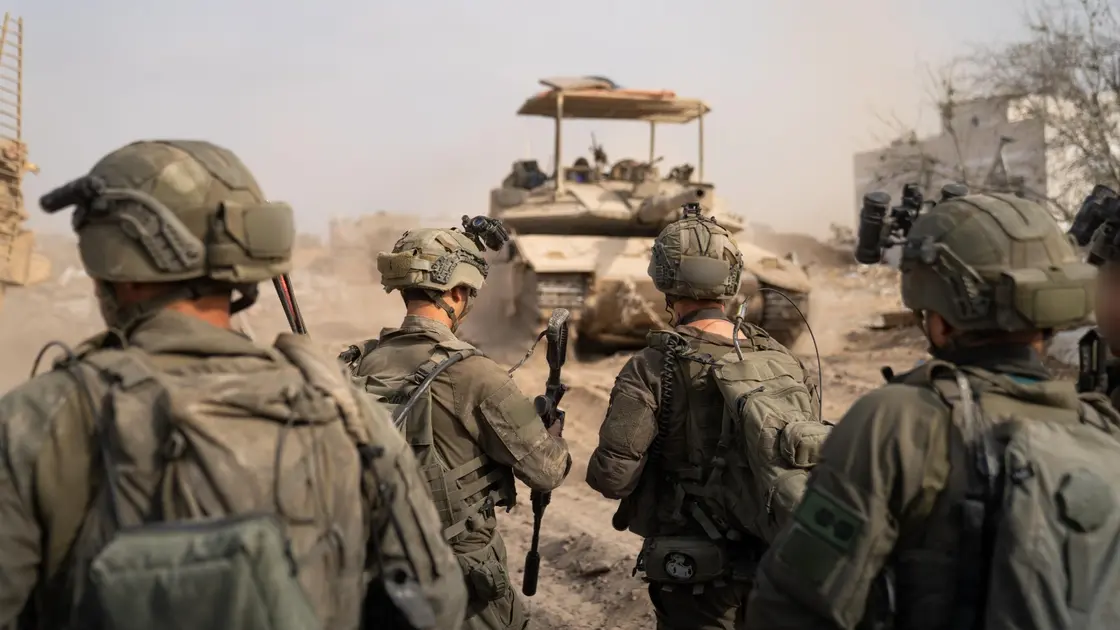
IDF advances in Zeitoun
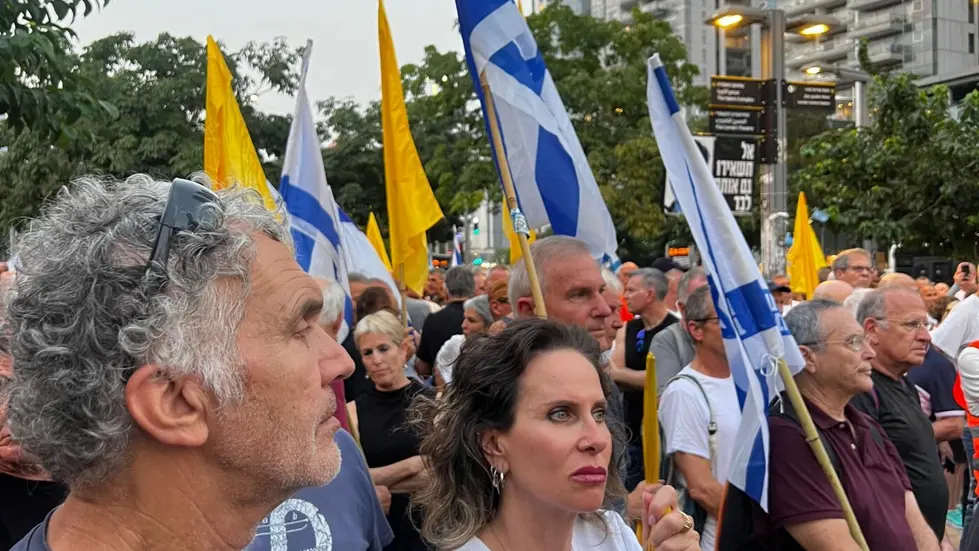
Retired pilots protest Gaza war
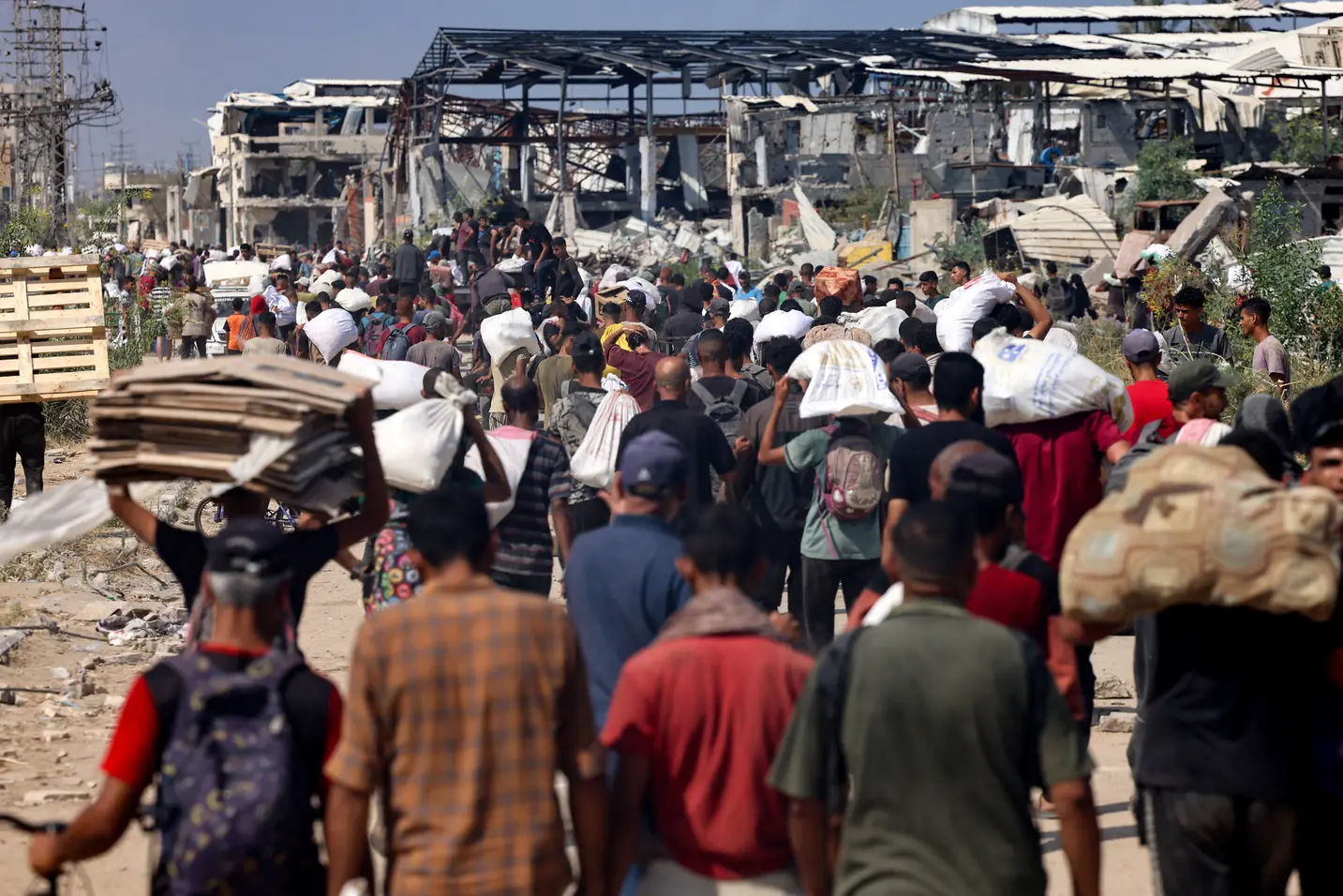
Israel allows goods into Gaza's private sector
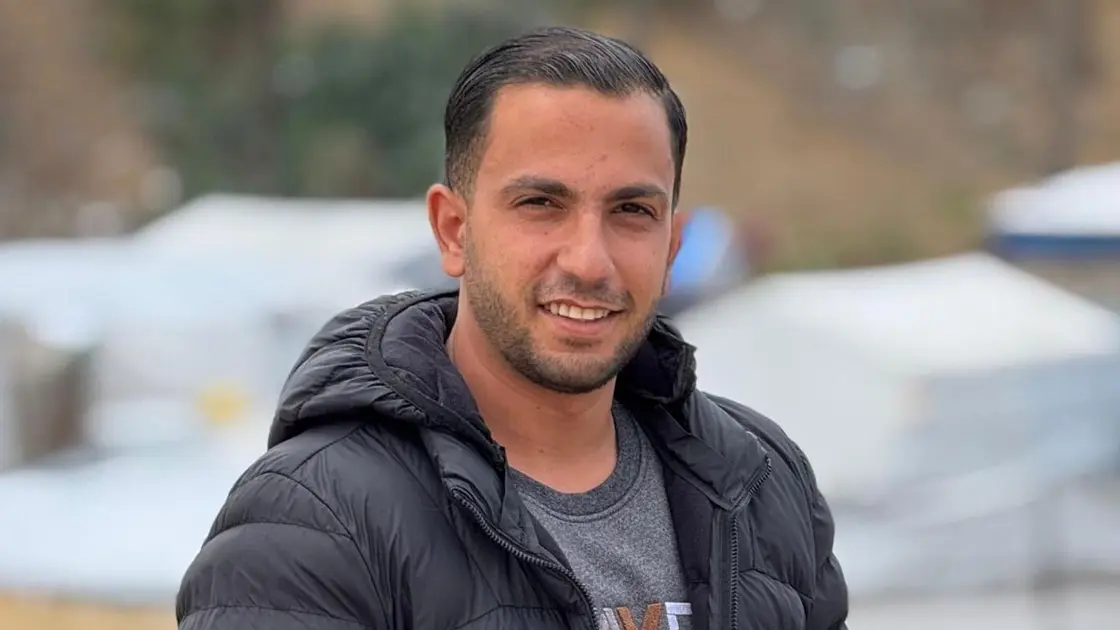
Al Jazeera journalists killed in Gaza strike
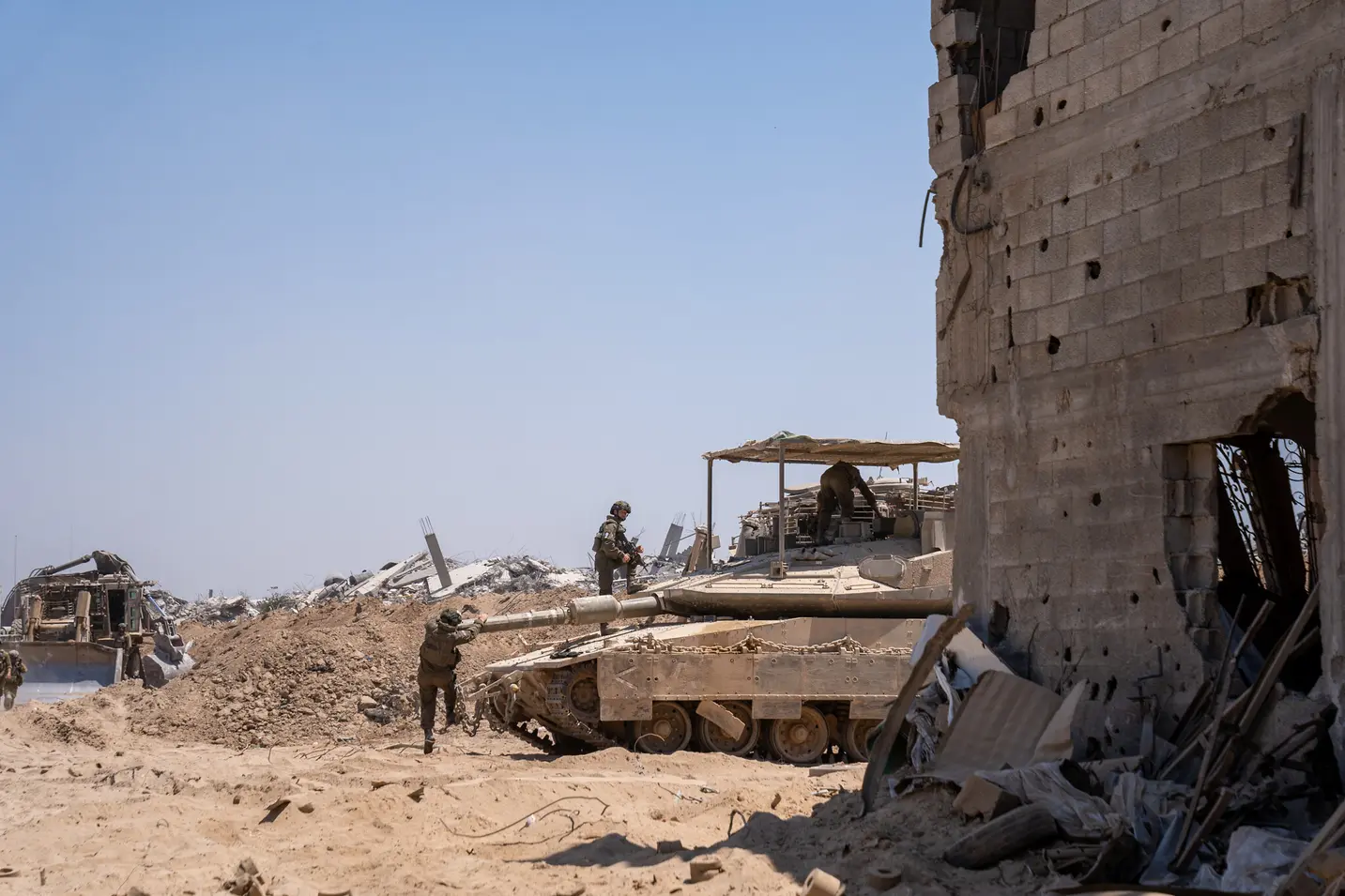
IDF launches intensified offensive in Gaza City
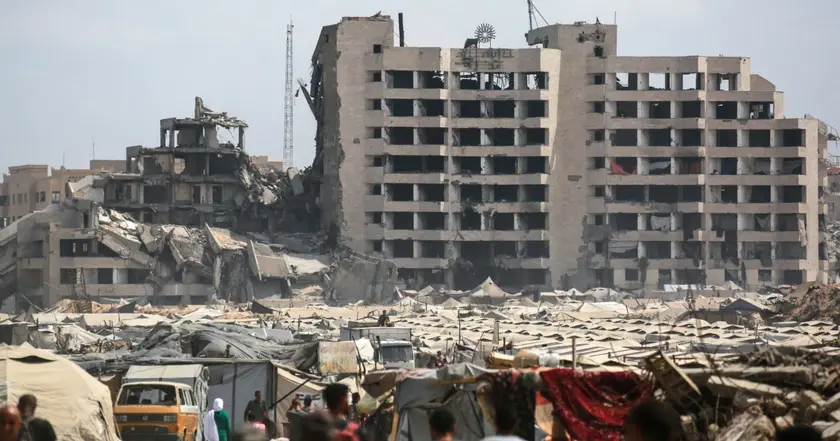
Israel claims it killed Al Jazeera journalist tied to Hamas
